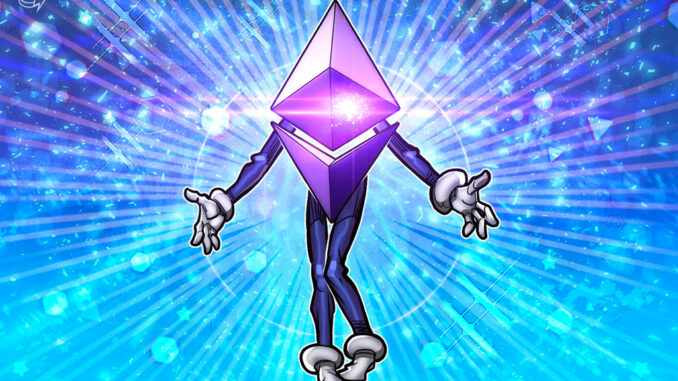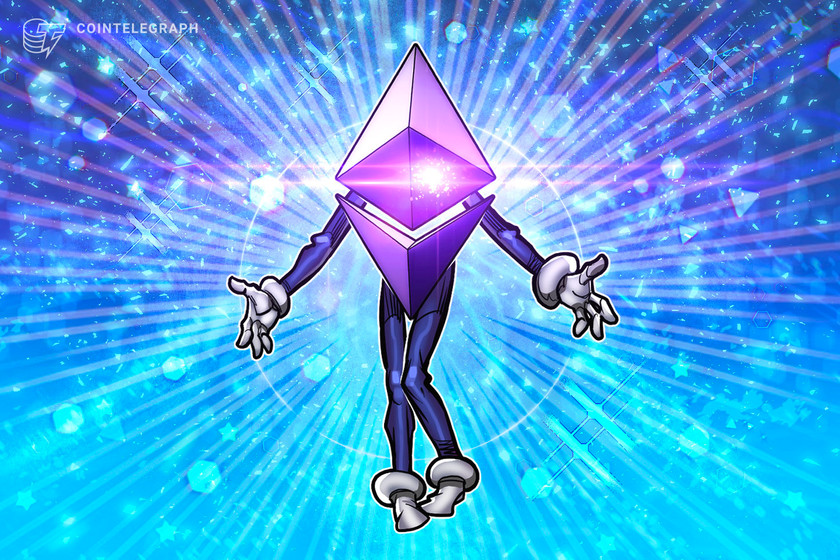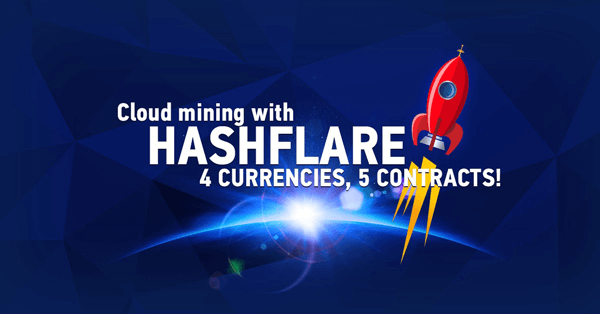
[ad_1]

Ethereum is shifting from a proof-of-work (PoW) to a proof-of-stake (PoS) governance mechanism in the foreseeable future, resulting in a faster and more efficient blockchain.
The Ethereum Network has experienced a considerable spike in transactions volume and size since DeFi and NFTs have captured the finance and art worlds. Such traffic has often caused systemic bottlenecks with a significant rise in fees that have made the blockchain unsustainable.
To bring Ethereum into the mainstream and support an increasing number of transactions, the need for a substantial transformation emerged. The upgrade from PoW to PoS will make Ethereum more scalable, efficient and sustainable while securing its fundamental decentralization.
The upgrade will occur only at the backend within a technical framework without affecting how users transact and hold assets across the network. Ethereum’s roadmap envisions the following three phases for the upgrade to complete:
Phase 0, also known as the Beacon Chain
This update is already live, and it brings staking to Ethereum. It lays the groundwork for future upgrades and will coordinate the new system.
The Merge
Mainnet Ethereum, which is the current network, will have to merge with the Beacon Chain at some point, and this is expected to happen in 2022. The merge will enable staking for the entire network and indicate the end of energy-intensive mining.
Shard Chains
Shard chains are expected to be initiated in 2023. However, sharding is a multi-phase upgrade to improve Ethereum’s scalability and capacity. Shard chains enable layer-2 solutions to offer low transaction fees while improving the network’s performance.
Sharding is the process that allows smaller sets of nodes to process transactions in parallel without needing to achieve a consensus across the entire network. Ethereum 2.0 promises to bring transaction speed to as many as 100,000 transactions per second (TPS) through the deployment of shard chains, in contrast with the 30 TPS currently in place.
Ethereum’s transition to PoS has generated a heated debate within the crypto community. While some of the resulting benefits are clear including scalability and sustainability due to a more energy-efficient system, many fear decentralization could be at risk due to its implementation.
The PoS validation process may trip over large holding validators who can have excessive influence on transaction verification, thereby impacting the true nature of decentralization. Detractors of the transition also see sharding as a threat to the network’s security. Because fewer validators will be needed to secure the multiple and small shard chains, there is a higher risk that they could be more exposed to malicious actors.
How will Ethereum 2.0 impact Ether’s intrinsic value?
Many crypto experts believe 2022 will be a make-or-break year for the price of Ether. The digital currency experienced an extraordinary rise since its launch in 2015, going from a mere $0.30 to a high of $4,800 in 2021, including highly volatile motions along the way.
Will Ether keep up with its massive growth through the shift to ETH 2.0? While it’s impossible to predict the price of any asset based on technical or fundamental analysis, crypto investors unanimously believe that ETH 2.0 will impact the intrinsic value of Ether, and a lot will depend on the smooth implementation of the upgrade.
As with any significant transformation, the initial deployment of ETH 2.0 might be a direct cause of volatility. Until the upgrade is thoroughly tested, approved and effective across the network, experts predict months of uncertainty which will inevitably affect the price of ETH.
In the long term, the transition to a more sustainable and efficient PoS will benefit Ethereum’s adoption for users and companies building on the platform. However, the way and timing this will all pan out is a cause of hesitancy among investors showing signs of caution with their allocation until there’s a more accurate outlook.
A lot will depend on the resulting upgrade success in demand and functionality and if the renewed platform will be able to keep its leading position among all other innovative network competitors.
[ad_2]
Source link





 Bitcoin
Bitcoin  Ethereum
Ethereum  Tether
Tether  XRP
XRP  Solana
Solana  USDC
USDC  TRON
TRON  Dogecoin
Dogecoin  Lido Staked Ether
Lido Staked Ether
Be the first to comment